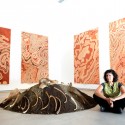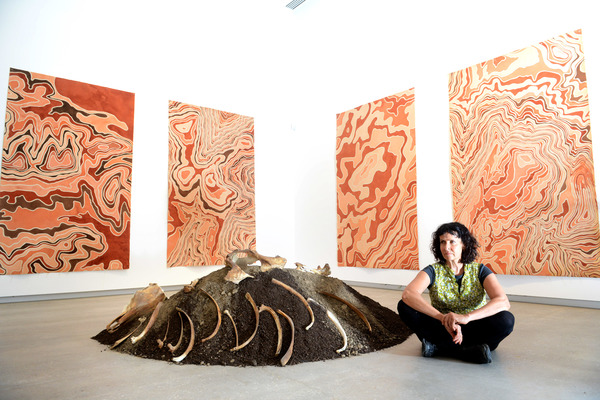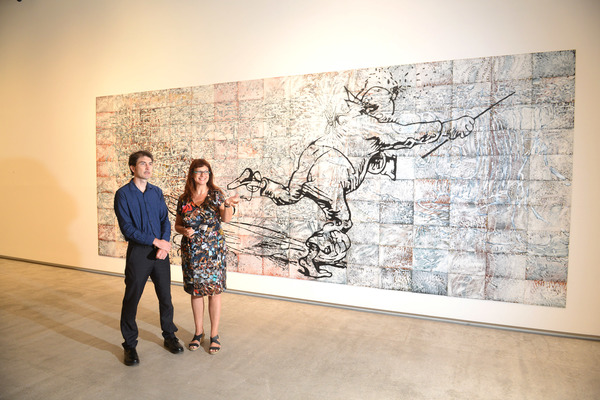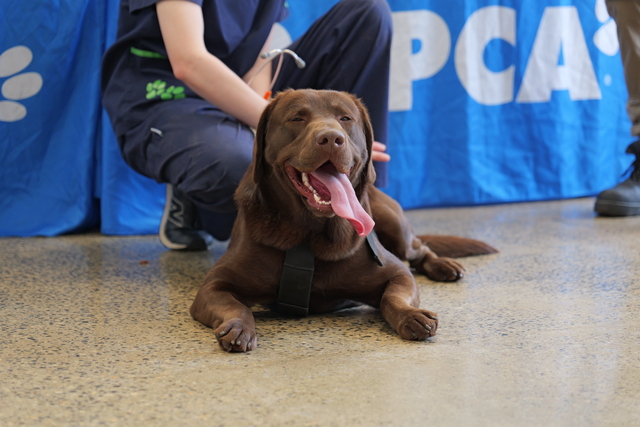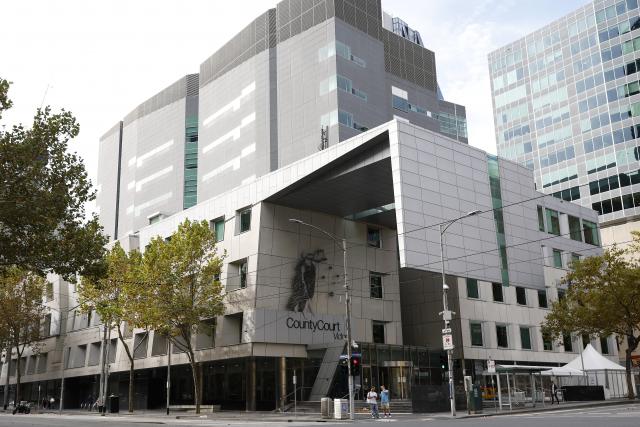By JESSE GRAHAM
A NEW exhibition exploring the art of landscapes, and the points of view that create them, opened over the weekend, in a two-part event spanning until July.
TarraWarra Museum of Art (TWMA)’s Panorama opened on Saturday, 12 March, featuring works from well-known and contemporary artists, who all capture Australian landscapes differently.
Russell Drysdale, Sidney Nolan, Rosalie Gascoigne and Ben Quilty, among others, have their work featured in the first instalment of the two-part exhibition, which will run until 15 May before changing.
Co-curator Anthony Fitzpatrick said the exhibition’s name came from the wide view of a landscape, but that the theme of the exhibition would also look at “complicating” that idea.
“We’re interested in complicating the notion or the idea of a landscape, and what they think of when they think of ‘a view’, as being more than just a picturesque scene,” Mr Fitzpatrick said.
“But also, the many layers that are embedded in that – indigenous history, ecological condition of the landscape, the way it’s been cultivated or transformed over the years.”
The first part of the exhibition will look at the way the artists viewed and interpreted the Australian landscape through their different lives and artistic styles.
True to the term panorama, the main hall of the gallery features gigantic works of art, including Ben Quilty’s Rorschach after Von Gerard, which measures two metres by eight metres on one of the walls.
The second part of the exhibition, which will run from May-July, will explore the psychological and emotional aspects to landscapes, and artists’ response to them.

Running throughout the whole period will be Indigenous artist Judy Watson’s instillation, the scarifier, in the north gallery of the museum.
Ms Watson’s installation is a response to the Coranderrk Aboriginal Station, which ran near Healesville from 1863-1924, and its use as a hop plantation.
Using soil from Coranderrk and the museum grounds, saplings, clothing, bones, fencing equipment, paintings, and even documents from the 1881 Parliamentary Inquiry, Ms Watson’s installation presents scenes from Coranderrk and reflections on its place in history.
The name, the scarifier, comes from the equipment that follows the plough, for tilling, as in a hop plantation.
“It evokes images of cutting into the ground and the body, leaving wounds, mark-making as it traces the contours of country and blood,” Ms Watson said.
“Words and actions imprint deeply within the psyche.”
“Descendants carry the scars and memories of their ancestor’s memories.”
As with so many of TWMA’s exhibitions, this one is not one to be missed.
TarraWarra Museum of Art is located at 311 Healesville-Yarra Glen Road.
For more information, visit www.twma.com.au or call 5957 3100.


